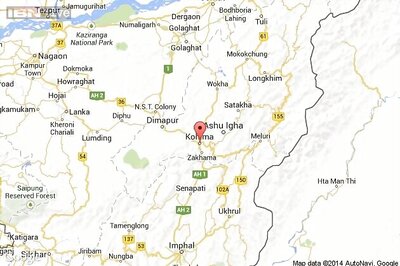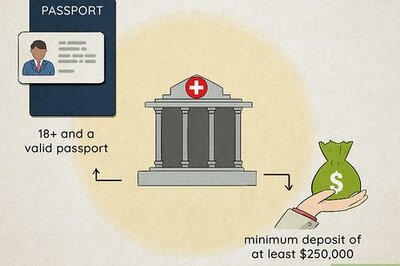
views
Dharamshala: After the Dalai Lama's call for Ahimsa, protestors are turning to non-violence. From postcards to telephones and cyberspace, the youth are finding all kinds of ways to spread the ‘Free Tibet’ message.
Postcards with signatures of protestors and messages of resentment are sent to the Chinese President and the International Olympics Association.
A protestor, Tenzing Choedon and her group 'Students for Free Tibet' movement are also keeping key phone and fax numbers buzzing.
“We constantly bombard the numbers of Chinese embassy and other target offices so that their phones are engaged and they don't get any work done,” says Tenzing Choedon.
Cyberspace is yet another place where the protestors are taking their fight. There are over 146 Facebook groups supporting free Tibet with hundreds of online petitions. And even though China has blocked Youtube, videos from Lhasa have been sent across on mobiles posted on the web.
“We have all information on our side. Earlier it was only Television and radio. However, now we have mobiles and internet,” says protestor, Dolma Choepel.
While one group chose to shave their heads en masse as a mark of protest, singers like Tenzing Jigmey held protests in yet another non-violent way. Their group JJI had held freedom concerts in the past, however, ever since violence broke out in Lhasa, the guitars have fallen silent.
Unlike the Tibetan agitations of 1959 and 1980s, this time the protestors have cyberspace and information warfare to their advantage. While silent protests are likely to remain the core of Tibetan movement, the young voices are constantly looking at newer ways to be heard.




















Comments
0 comment